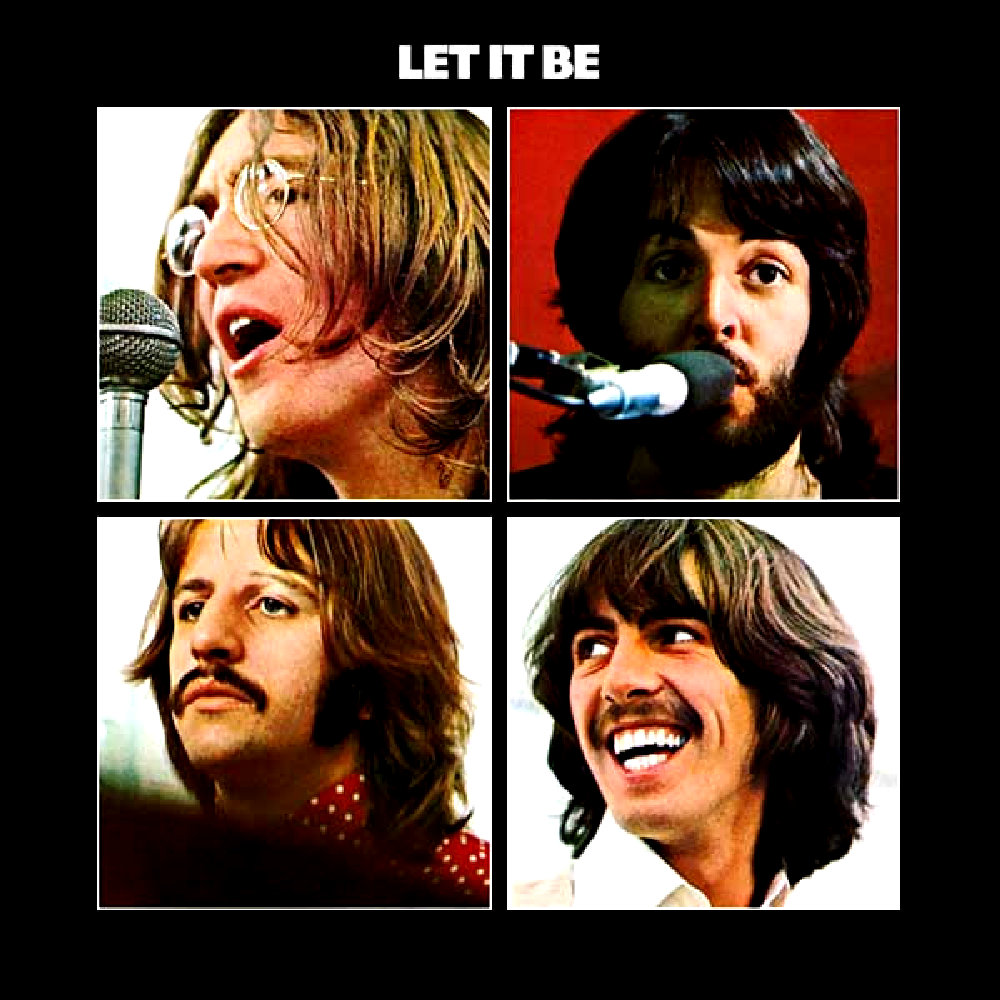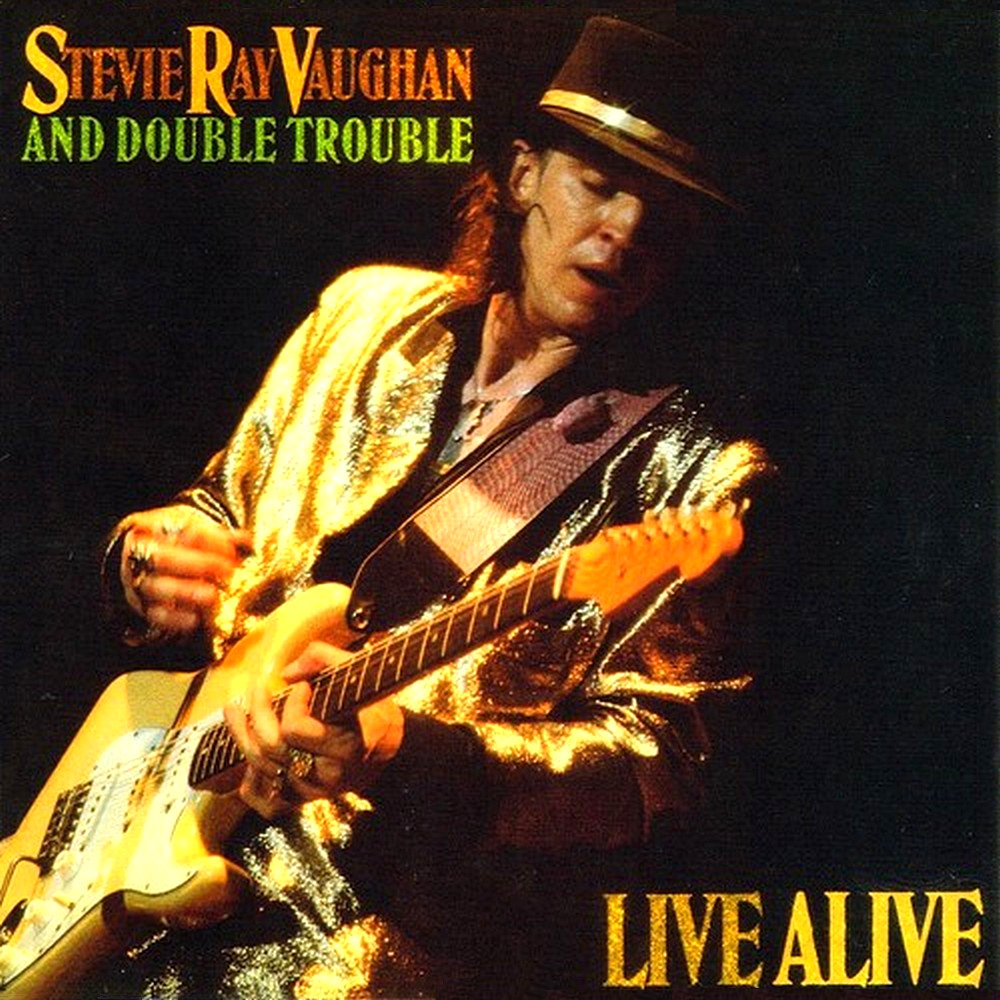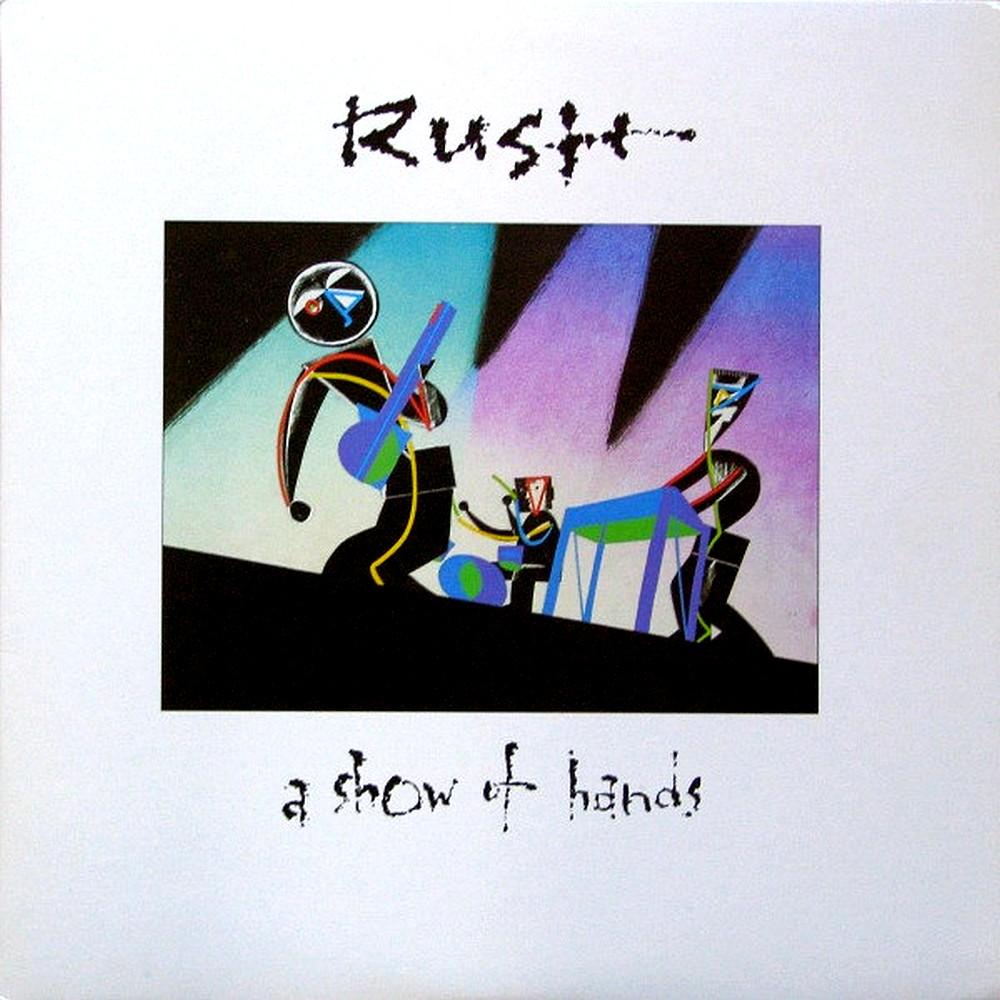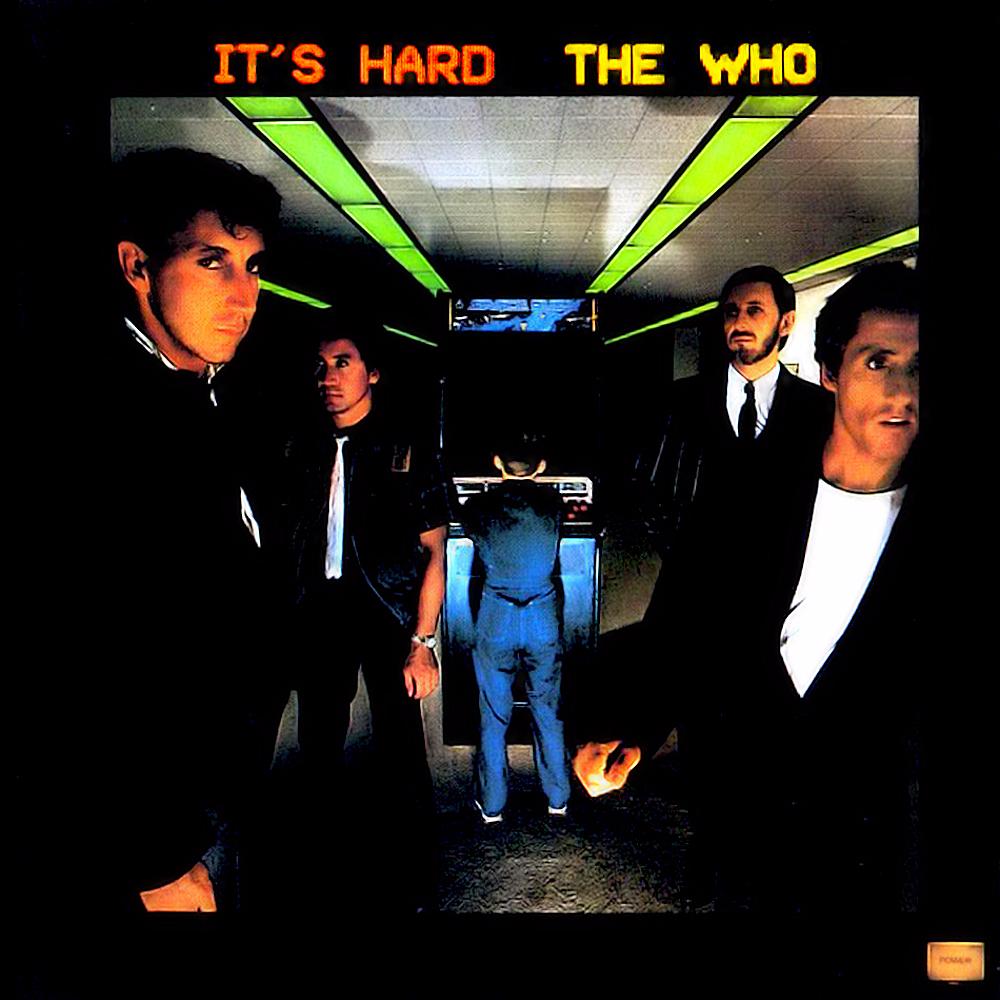
Album Information:
Album ID: 9993
About The Beatles:
The Beatles were a pop rock band from Liverpool, England that formed in 1960. The band consisted of four members: John Lennon, Paul McCartney, George Harrison, and Ringo Starr. The band’s early musical influences included skiffle, R&B, and rock and roll.
In 1962, their debut single 'Love Me Do' became a hit in the UK, and soon after, they gained global fame with their album 'Please Please Me.' The Beatles continued to release a string of hit albums throughout the next few years, such as 'A Hard Day's Night,' 'Help!,' and 'Rubber Soul.'
Their music was groundbreaking for its time, blending elements from various genres like rock, pop, folk, and Indian classical music, which earned them critical acclaim and a massive following. The band's songwriting abilities and innovative production techniques pushed the boundaries of what was considered acceptable in popular music—setting a new standard for the industry.
The Beatles’ last album “Abbey Road” marked the end of their active recording career in 1970, leading to their official split. After the band's breakup, its members pursued solo careers.
Their impact on popular culture was immense, and they are widely regarded as one of the most influential bands in the history of popular music. With over 1 billion records sold worldwide, The Beatles continue to be one of the best-selling bands and their music continues to inspire new generations of artists.
About the album Let It Be:
Let It Be is the twelfth and final studio album by The Beatles, released in May 1970. The album was recorded in January 1969, largely at Abbey Road Studios, London, with additional sessions taking place at Apple Studios in February and March of that year. The album was produced by Phil Spector, who was brought in to salvage the difficult recording sessions that took place during the making of the album.
The album consists of twelve tracks, featuring several of the band's most celebrated songs. The title track 'Let It Be' is one of the most famous songs in the band's catalogue, and features a strong gospel influence with its emphasis on the power of faith and the idea of letting go of worries. Other tracks on the album include 'Across the Universe', 'The Long and Winding Road', and 'Get Back', which was originally recorded as a single in 1969.
While the album has been described as a return to the band's roots, with its stripped-back instrumentation and raw, live sound, it also features some of the most elaborate production work in The Beatles' career. Several tracks, such as 'The Long and Winding Road' and 'Across the Universe', were heavily overdubbed, giving them a lush and full sound.
One of the most interesting aspects of the album is the tension between the band members that can be heard throughout the recording. The Beatles were in the midst of a bitter breakup at the time of the recording, and several of the songs on the album reflect this. For example, 'Let It Be' was written by Paul McCartney as a message to himself to let go of the tensions within the band, while 'I've Got a Feeling' contains lyrics that suggest that John Lennon and McCartney had grown apart.
Overall, Let It Be is a complex and fascinating album that showcases both the band's incredible songwriting skills and their increasingly strained relationships with one another. Despite the difficulties that surrounded its creation, the album remains a classic of the rock and roll genre and a testament to The Beatles' enduring legacy.
Members:
The key members of the artist The Beatles are:
1. John Lennon: He was the founder of the band and played rhythm guitar, lead vocals, and keyboards. He was known for his songwriting skills and activism. Born on October 9, 1940, in Liverpool, England, Lennon formed the band in 1960 with Paul McCartney. After the Beatles disbanded, Lennon pursued a solo career until his death on December 8, 1980.
2. Paul McCartney: He played bass guitar, keyboards, and sang backing and lead vocals in the band. He co-founded the Beatles with John Lennon and was the primary songwriter for the band's later albums. Born on June 18, 1942, in Liverpool, England, McCartney continued his music career after the Beatles disbanded in 1970.
3. George Harrison: He played lead guitar, sitar, and sang backing and lead vocals in the band. Born on February 25, 1943, in Liverpool, England, Harrison joined the band when he was only 15 years old. After the Beatles disbanded, he pursued a solo career, releasing several successful albums. Harrison passed away on November 29, 2001.
4. Ringo Starr: He played drums and sang backing and lead vocals in the band. Born on July 7, 1940, in Liverpool, England, Starr was the last member to join the Beatles in 1962. After the band disbanded, he continued his music career as a solo artist, actor, and voice actor.
All four members of the Beatles were inducted into the Rock and Roll Hall of Fame in 1988. Together, they created some of the most iconic music of the 20th century and became one of the most successful bands in history.
Track List for Let It Be:
Sure! Here are the tracks of the album 'Let It Be' by The Beatles, in order of appearance, with their play time, along with a brief description of each track:
1. 'Two of Us' (3:36) - A laid-back, acoustic-driven tune featuring Paul McCartney and John Lennon harmonizing over lyrics about their friendship.
2. 'Dig a Pony' (3:55) - A rock and roll song with a catchy chorus, featuring John Lennon's passionate vocal delivery.
3. 'Across the Universe' (3:51) - A slower, more contemplative track with dreamy lyrics and George Harrison's distinctive slide guitar.
4. 'I Me Mine' (2:25) - George Harrison's song, with a bluesy, riff-driven sound, and lyrics about the ego and the fleeting nature of existence.
5. 'Dig It' (0:50) - A brief, improvised groove with snippets of spoken dialogue from various band members and other people in the studio.
6. 'Let It Be' (4:03) - The iconic title track, a ballad with a gospel-infused arrangement, featuring Paul McCartney's soulful vocals and uplifting lyrics about finding peace and acceptance.
7. 'Maggie Mae' (0:40) - A jaunty, traditional folk tune played by the band in a playful manner.
8. 'I've Got a Feeling' (3:38) - A rock and roll song featuring Paul McCartney and John Lennon trading lead vocals, with a propulsive rhythm and powerful harmonies.
9. 'One After 909' (2:54) - A reworked version of a song the band had written years earlier, with a nostalgic, retro sound and upbeat lyrics about a train journey.
10. 'The Long and Winding Road' (3:38) - A classic ballad with sweeping strings and Paul McCartney's emotional vocal performance, singing about a difficult journey that eventually leads to love.
11. 'For You Blue' (2:32) - A bluesy track featuring George Harrison on lead vocals and a slide guitar solo, with light-hearted lyrics about an affectionate relationship.
12. 'Get Back' (3:10) - An upbeat, danceable song with an infectious guitar riff, featuring John Lennon's playful lyrics about Jojo, a hypothetical character who wants to be a star.
That's a brief overview of each track on 'Let It Be' by The Beatles.
Discography for The Beatles:
Here's a complete discography for The Beatles, including all albums, singles, and other releases in chronological order:
Albums:
1. Please Please Me - Released on March 22, 1963
2. With The Beatles - Released on November 22, 1963
3. A Hard Day's Night - Released on July 10, 1964
4. Beatles for Sale - Released on December 4, 1964
5. Help! - Released on August 6, 1965
6. Rubber Soul - Released on December 3, 1965
7. Revolver - Released on August 5, 1966
8. Sgt. Pepper's Lonely Hearts Club Band - Released on June 1, 1967
9. Magical Mystery Tour - Released on November 27, 1967
10. Yellow Submarine - Released on January 13, 1969
11. The Beatles (aka The White Album) - Released on November 22, 1968
12. Abbey Road - Released on September 26, 1969
13. Let It Be - Released on May 8, 1970
Singles:
1. Love Me Do/PS I Love You - Released on October 5, 1962
2. Please Please Me/Ask Me Why - Released on January 11, 1963
3. From Me to You/Thank You Girl - Released on April 11, 1963
4. She Loves You/I'll Get You - Released on August 23, 1963
5. I Want to Hold Your Hand/This Boy - Released on November 29, 1963
6. Can't Buy Me Love/You Can't Do That - Released on March 20, 1964
7. A Hard Day's Night/Things We Said Today - Released on July 10, 1964
8. I Feel Fine/She's a Woman - Released on November 27, 1964
9. Ticket to Ride/Yes It Is - Released on April 9, 1965
10. Help!/I'm Down - Released on July 23, 1965
11. We Can Work It Out/Day Tripper - Released on December 3, 1965
12. Paperback Writer/Rain - Released on June 10, 1966
13. Yellow Submarine/Eleanor Rigby - Released on August 5, 1966
14. Strawberry Fields Forever/Penny Lane - Released on February 17, 1967
15. All You Need is Love/Baby, You're a Rich Man - Released on July 7, 1967
16. Hello, Goodbye/I Am the Walrus - Released on November 24, 1967
17. Lady Madonna/The Inner Light - Released on March 15, 1968
18. Hey Jude/Revolution - Released on August 26, 1968
19. Get Back/Don't Let Me Down - Released on April 11, 1969
20. The Ballad of John and Yoko/Old Brown Shoe - Released on May 30, 1969
21. Something/Come Together - Released on October 31, 1969
22. Let It Be/You Know My Name (Look Up the Number) - Released on March 6, 1970
Other Releases:
1. Introducing... The Beatles - Released on January 10, 1964 (US only)
2. Meet The Beatles! - Released on January 20, 1964 (US only)
3. The Beatles' Second Album - Released on April 10, 1964 (US only)
4. Something New - Released on June 20, 1964 (US only)
5. Beatles '65 - Released on December 15, 1964 (US only)
6. The Beatles VI - Released on June 14, 1965 (US only)
7. Yesterday and Today - Released on June 20, 1966 (US only)
8. Hey Jude (The Beatles Again) - Released on February 26, 1970 (US only)
9. Magical Mystery Tour (US version) - Released on November 27, 1967 (US only)


 Last Played: 11/01/24 04:34 AM
Last Played: 11/01/24 04:34 AM Last Played: 11/01/24 04:28 AM
Last Played: 11/01/24 04:28 AM